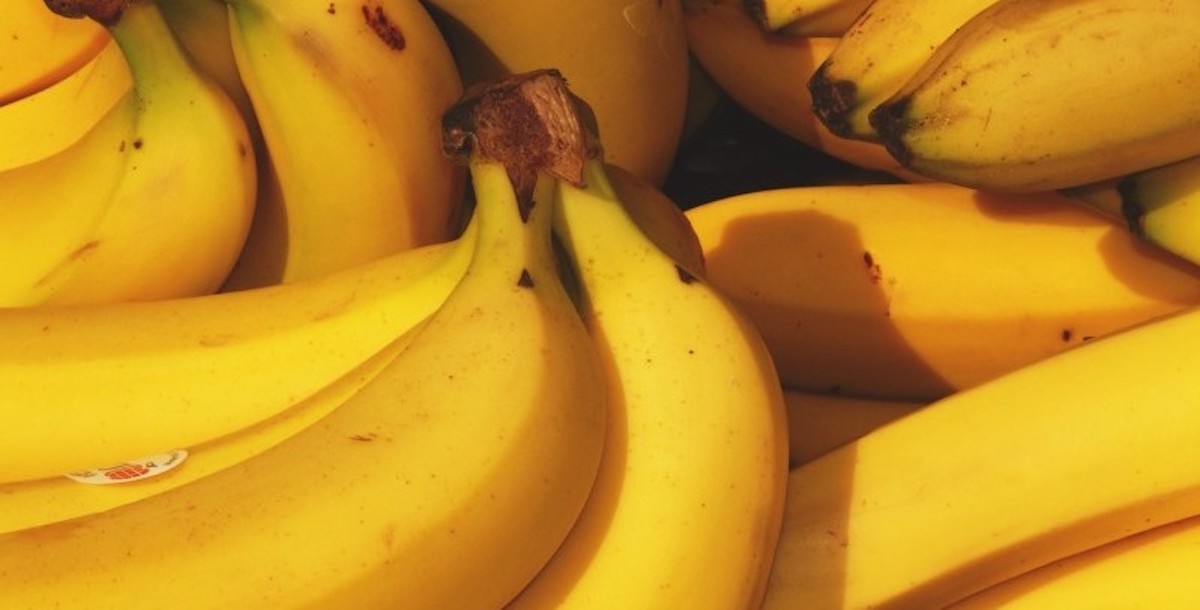The Story of Bananas: From Creation to Potential Extinction
核心概念
The author explores the history and potential future of bananas, highlighting the impact of monoculture practices on the industry's vulnerability to fungal diseases.
要約
Bananas, a global staple crop, face threats due to monoculture practices. The evolution from Gros Michel to Cavendish bananas and the current risk posed by Fusarium wilt are detailed. The industry's reliance on monocropping and its consequences are discussed, emphasizing the need for sustainable solutions.
要約をカスタマイズ
AI でリライト
引用を生成
原文を翻訳
他の言語に翻訳
マインドマップを作成
原文コンテンツから
原文を表示
lithub.com
How the Banana Came To Be—And How It Could Disappear
統計
Per person in the United States we eat about twelve kilograms (twenty-seven pounds) of bananas a year.
Bananas sustain a $40 billion global industry.
By 1913 Americans were eating on average over twenty pounds of bananas a year per person.
引用
"The banana world is incredibly international."
"Bananas grown for the market need a lot of care, which translates to countless hours of labor."
"A real bananara will be three thousand, six thousand hectares all in the same banana-growing region."
抽出されたキーインサイト
by 場所 lithub.com 08-21-2023
https://lithub.com/how-the-banana-came-to-be-and-how-it-could-disappear/
深掘り質問
How can the banana industry transition towards more sustainable growing practices?
The banana industry can transition towards more sustainable growing practices by implementing agroforestry techniques, diversifying crops within plantations, reducing chemical pesticide use, and promoting biological controls for pests and diseases. By incorporating beneficial microbes and fungi like Trichoderma to prevent insect pests, using composted materials as soil amendments, and practicing crop rotation to maintain soil health, banana growers can reduce their reliance on harmful chemicals while promoting a healthier ecosystem within plantations. Additionally, adopting integrated pest management strategies that focus on natural predators of pests can help minimize the need for synthetic pesticides.
What lessons can other industries learn from the challenges faced by the banana industry?
Other industries can learn several valuable lessons from the challenges faced by the banana industry. One key lesson is the importance of biodiversity in agriculture to prevent catastrophic losses due to disease outbreaks or pest infestations. Monoculture farming practices make crops vulnerable to specific pathogens or pests, leading to widespread devastation when an outbreak occurs. Therefore, diversifying crops within a plantation or implementing crop rotation systems can help mitigate these risks. Furthermore, prioritizing sustainability in agricultural practices by reducing chemical inputs and promoting ecological balance through agroforestry methods is crucial for long-term resilience against environmental threats.
How does monoculture impact biodiversity beyond just bananas?
Monoculture farming not only affects banana plants but also has broader implications for biodiversity within ecosystems. By planting vast expanses of a single crop variety like Cavendish bananas in monocropped fields, farmers create environments that lack diversity in plant species. This reduction in plant diversity limits food sources and habitats for various insects, birds, mammals, and microorganisms that rely on diverse ecosystems for survival. As a result, monoculture farming disrupts natural ecological balances and reduces overall biodiversity levels in agricultural landscapes. This loss of biodiversity can lead to negative consequences such as increased vulnerability to pests and diseases due to weakened ecosystem resilience without natural checks provided by diverse flora and fauna populations.
0
